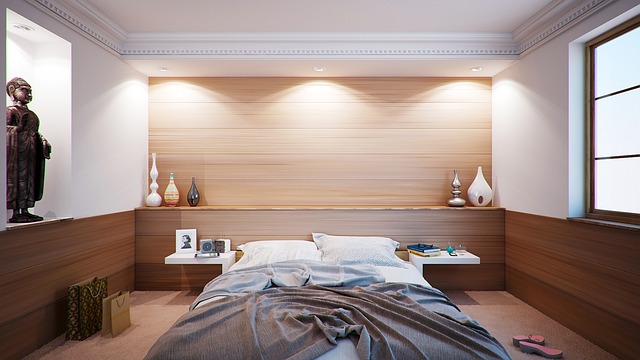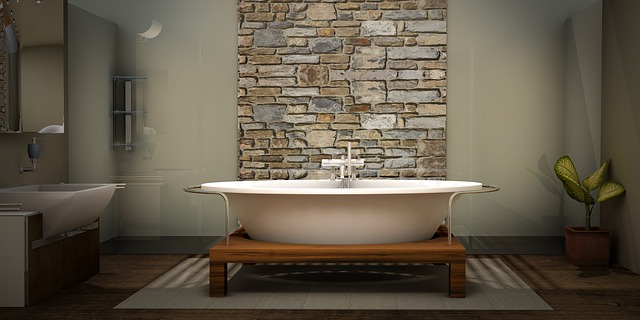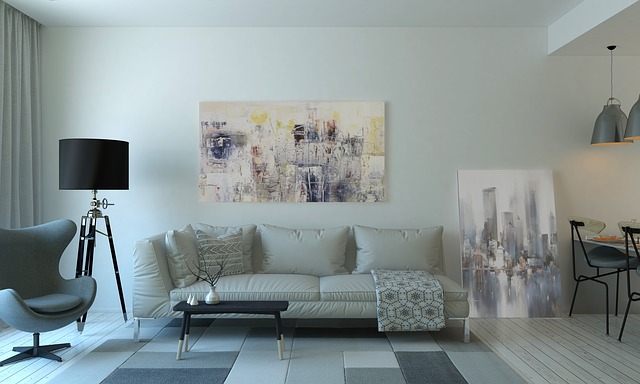Types of room in buildings

|

|

|

|
According to Approved Document B, a room is ‘an enclosed space within a building that is not used solely as a circulation space.’ This differentiates a room from spaces such as hallways, corridors, stairs, landings, and so on.
In a domestic context, the most common types of rooms include:
- Kitchen: Intended for the preparation (and perhaps also consumption) of food. (Some houses may include a pantry which is used for storing food.)
- Bedroom: Intended for sleeping, storing clothes, etc.
- Bathroom: Contains a bath and/or shower, and can include sanitary accommodation.
- Dining room: For communal eating and socializing.
- Dual activity rooms, such as an open plan kitchen / diner.
- Living room/lounge: A social room for relaxation.
- Study: For work and administrative tasks.
- Laundry room: For washing and ironing laundry (can also be referred to as a utility room). Dwellings in Scotland may have a drying room.
- Toilet: Separate room containing a toilet and usually a sink.
- Shower room: Separate room containing a shower and sometimes a sink.
- Box room: A small room that may serve as a child’s bedroom, playroom, or storage room.
Other spaces in domestic buildings may not be considered to be rooms, including:
- Attic/loft.
- Basement/cellar.
- Porch.
- Garage.
- Conservatory.
- Home office.
Larger houses may include other types of room such as:
- Ballroom: A large room for socializing and entertaining (often dual purpose with a large dining room).
- Drawing room: A smaller room for socializing, holding meetings, and so on.
- Library: For storing books and other documents.
- Theatre/cinema room: For entertainment.
- Billiard/games room: For playing games such as snooker, pool, and so on.
- Nursery: A bedroom intended for babies or young children.
- Sunroom: A room with a glass roof (and usually glass walls).
In the context of flats, studios, or apartments, one main room may serve more than one purpose, i.e. a kitchen space may be included in the same room as a living room or dining room.
Bedrooms are often described as being a ‘single room’ or ‘double room’. A single room contains enough space for a single bed and is intended for one occupant, whereas a double room contains enough space for a double bed and could be used by two occupants.
Other types of rooms are determined by the type of building and the particular function that is required. For example, an office building may include; receptions, offices, meeting rooms, storage rooms, conference rooms, restaurants, cafeterias, coffee rooms, toilets, common rooms, plant rooms, cleaners rooms, ICT rooms, gyms, and so on.
Other types of building may include very specialist rooms, such as operating theatres, auditoriums, galleries, clean rooms, waiting rooms, classrooms, lecture theatres, and so on.
[edit] Related articles on Designing Buildings
Featured articles and news
Editor's broadbrush view on forms of electrical heating in context.
The pace of heating change; BSRIA market intelligence
Electric Dreams, Boiler Realities.
New President of ECA announced
Ruth Devine MBE becomes the 112th President of the Electrical Contractors Association.
New CIAT Professional Standards Competency Framework
Supercedes the 2019 Professional Standards Framework from 1 May 2025.
Difficult Sites: Architecture Against the Odds
Free exhibition at the RIBA Architecture Gallery until 31 May.
PPN 021: Payment Spot Checks in Public Sub-Contracts
Published following consultation and influence from ECA.
Designing Buildings reaches 20,000 articles
We take a look back at some of the stranger contributions.
Lessons learned from other industries.
The Buildings of the Malting Industry. Book review.
Conserving places with climate resilience in mind.
Combating burnout.
The 5 elements of seiri, seiton, seiso, seiketsu and shitsuke.
Shading for housing, a design guide
A look back at embedding a new culture of shading.
The Architectural Technology Awards
The AT Awards 2025 are open for entries!
ECA Blueprint for Electrification
The 'mosaic of interconnected challenges' and how to deliver the UK’s Transition to Clean Power.
Grenfell Tower Principal Contractor Award notice
Tower repair and maintenance contractor announced as demolition contractor.






















